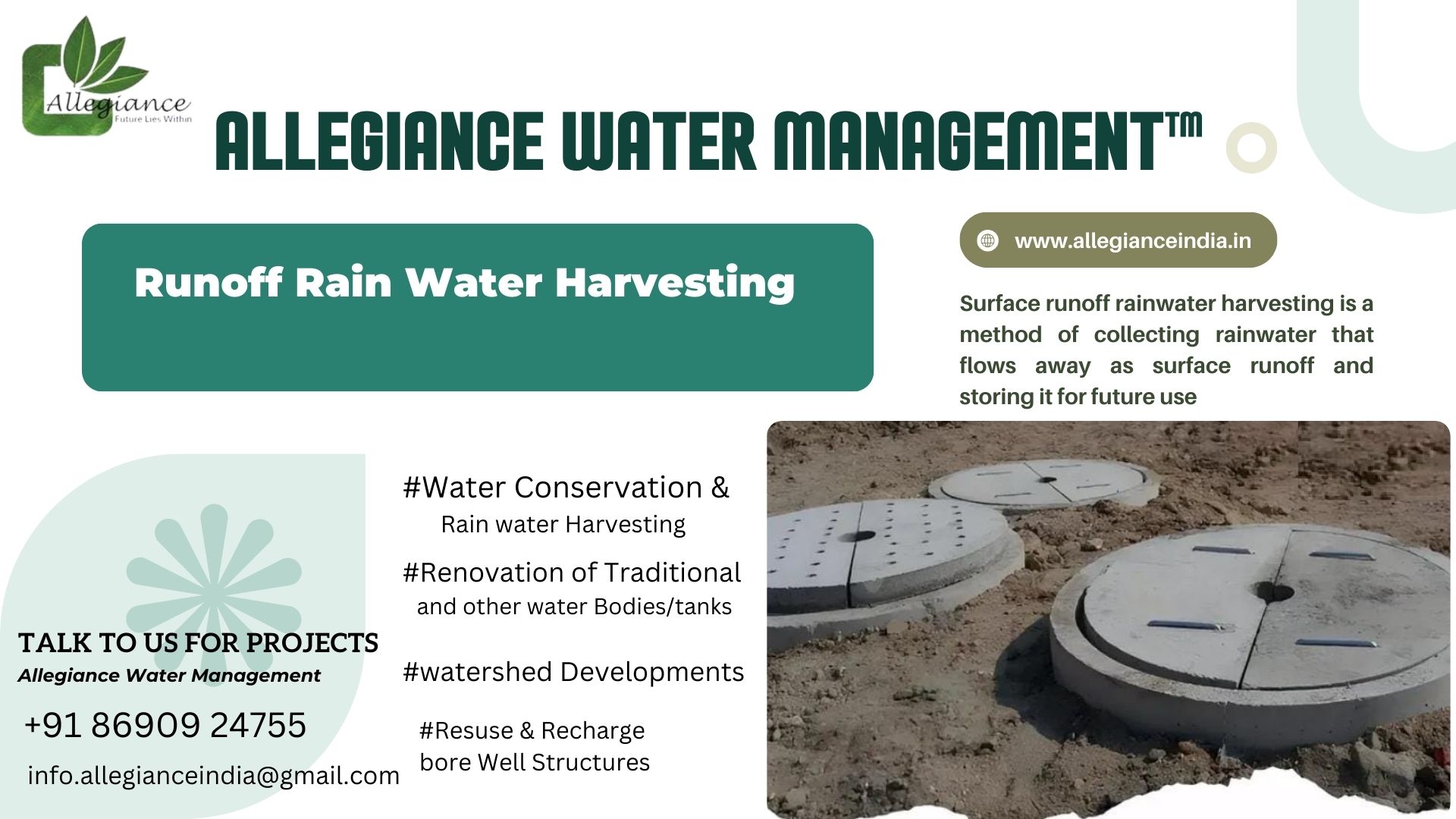Rooftop Rain Water Harvesting Filters
“Rainy“ Rainwater Harvesting Filters
Completely Indigenous and Patented Technology for Dual Intensity Rainwater Harvesting Filters called 'Rainy'. For groundwater recharging, our innovation uses an injection well equipped with “V-Wire Screens“ that enables replenishment of groundwater source.
Rainwater is one of the purest source of water with less then 50mg/ litre of Total Dissolved Solids (TDS).
Minimalistic, easy-to-install and easy to maintain Products.
Reduction of Carbon Footprint and Recharge water source to avail clean water for consumption.
Working Principle:
When the rainwater along with dirt & debris flows by gravity through the downtake pipes, it enters into the filter and starts rotating in anticlockwise direction at the periphery of the upper housing, this enables it to flow into the SS-304 filter element placed in the lower housing in angular motion at specific speed & velocity, which creates cohesive force at low intensity & centrifugal force at high intensity of rainfall. In both situations, involving low & high intensity of rainfall, the working principle of the filter based on cohesive & centrifugal force respectively, aids the filter element to flush out dirt & debris automatically. The water then passes through the drain outlet and simultaneously diverts clean water into the sump/ recharging well through the clean water outlet, which can be used for reutilization or recharging of groundwater source.
Special Features :
What makes 'Rainy' unique?
Dual Intensity Filters works on the principle of Cohesive & Centrifugal force.
The open drain design does not allow stagnation of water and dirt particles.
Works on Gravitation force (No external energy required).
Cost effective and affordable.
Compact in size and wall mounted.
Inbuilt self-cleaning mechanism.
Automatic flush out of dirt and debris.
No consumables required.
Flexibility in pipe connection to any angle.
Tough UV stabilized high density polyethylene housing.
Filter Element SS-304 Multi-Surface Screen food grade.
All the material used are food grade and recyclable.
Filter Pipe connections can be turned up to 360 Degrees allowing it to suit the given site conditions.
Simple in connection, which any local plumber can easily install.
The filter efficiency remains unchanged even with the variation of intensity of rainfall.
The filters do not have any moving parts; there is no wear & tear of the filter allowing for long life span.
Technology works on the Gravitational Principle so saves power (reduces the pumping of water from distant places & depths).
Swirling movement of water is formed while ‘Rainy’ filters are under operation, this leads to aeration of water. Thus, increases the water quality.
Dual Intensity Filters works on the principle of Cohesive & Centrifugal force.
The open drain design does not allow stagnation of water and dirt particles.
Works on Gravitation force (No external energy required).
Cost effective and affordable.
Compact in size and wall mounted.
Inbuilt self-cleaning mechanism.
Automatic flush out of dirt and debris.
No consumables required.
Flexibility in pipe connection to any angle.
Tough UV stabilized high density polyethylene housing.
Filter Element SS-304 Multi-Surface Screen food grade.
All the material used are food grade and recyclable.
Filter Pipe connections can be turned up to 360 Degrees allowing it to suit the given site conditions.
Simple in connection, which any local plumber can easily install.
The filter efficiency remains unchanged even with the variation of intensity of rainfall.
The filters do not have any moving parts; there is no wear & tear of the filter allowing for long life span.
Technology works on the Gravitational Principle so saves power (reduces the pumping of water from distant places & depths).
Swirling movement of water is formed while ‘Rainy’ filters are under operation, this leads to aeration of water. Thus, increases the water quality.
Send
Message


















